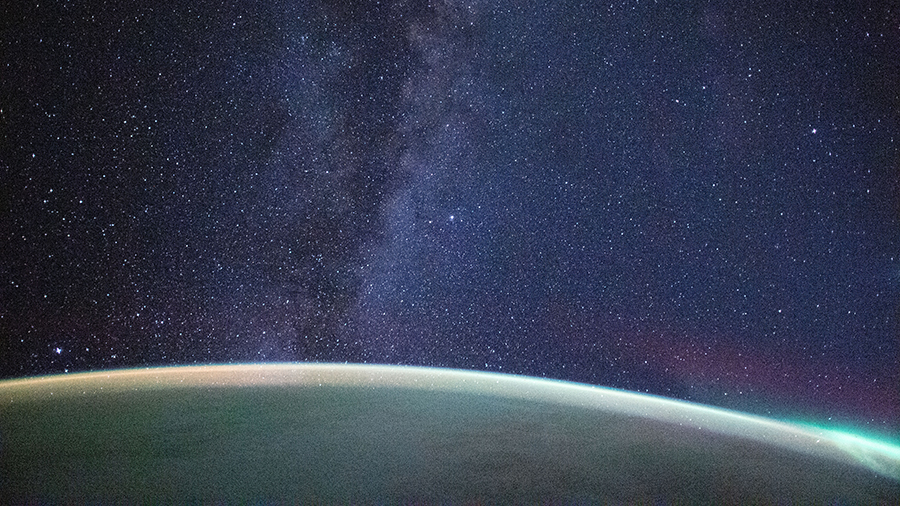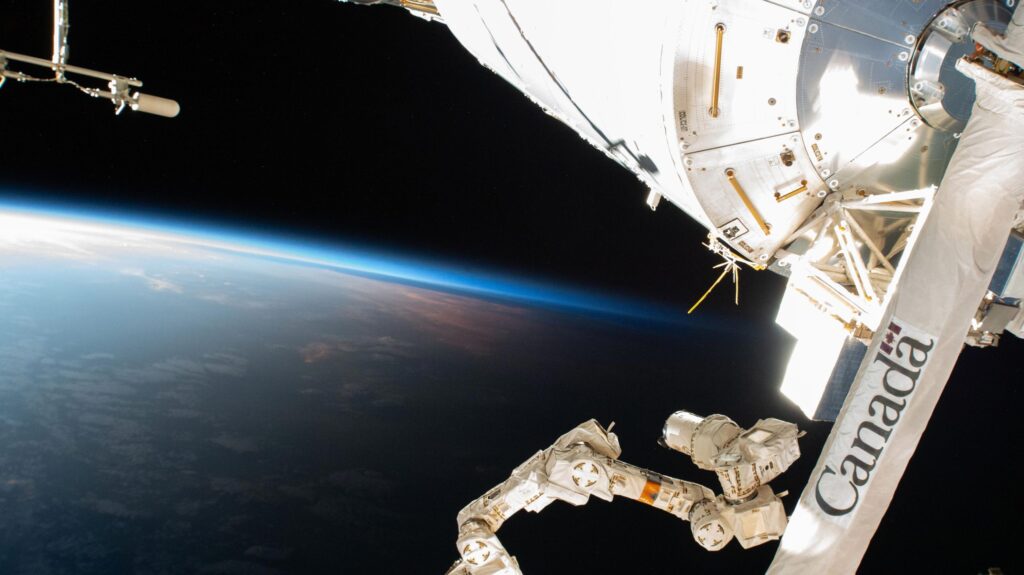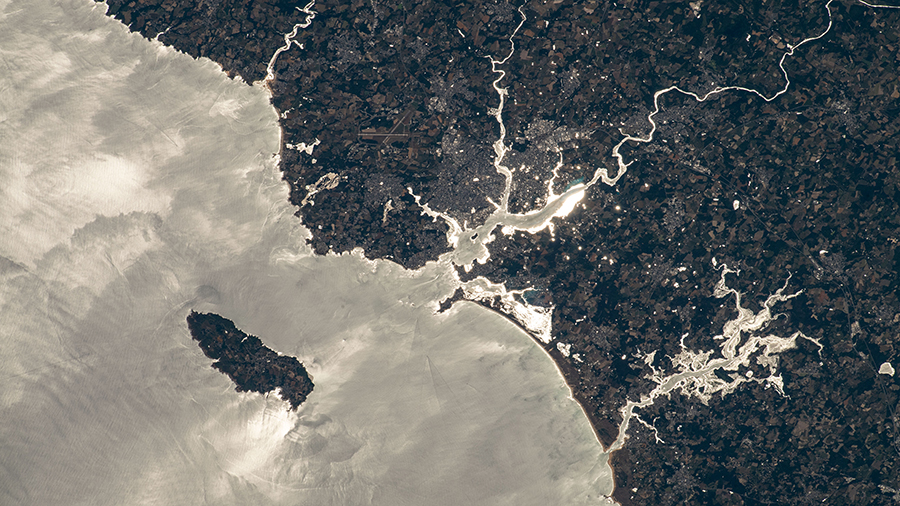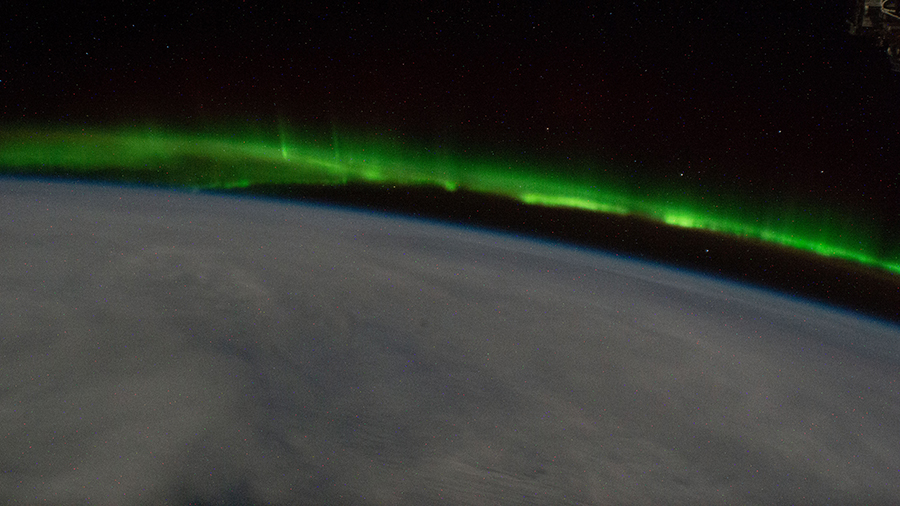
Space physics and human research dominated the science agenda aboard the International Space Station on Tuesday. The Expedition 67 crew also reconfigured a U.S. airlock and tested a new 3-D printer.
The lack of gravity in space affects a wide variety of physics unlocking new phenomena that researchers study to improve life for humans on and off the Earth. One such study uses artificial intelligence to adapt complex glass manufacturing processes in microgravity possibly benefitting numerous Earth- and space-based industries. NASA Flight Engineer Kjell Lindgren set up hardware for the Intelligent Glass Optics experiment for operations inside the Microgravity Science Glovebox on Tuesday afternoon. Observations from the investigation may advance professions such as communications, aerospace, medicine, and astronomy.
Lindgren also joined his fellow flight engineers Jessica Watkins of NASA and Samantha Cristoforetti of ESA (European Space Agency) reconfiguring the NanoRacks Bishop airlock on Tuesday. The trio of astronauts worked throughout the day reinstalling hardware and stowing cargo inside Bishop following its trash disposal and robotic maneuvers over the weekend. Ground controllers commanded the Canadarm2 robotic arm to detach the airlock from the Tranquility module to jettison a trash container on Saturday. The Canadarm2 then moved Bishop back to Tranquility where it was reattached shortly afterward.
Watkins started her day partnering with NASA Flight Engineer Bob Hines for an investigation that explores how weightlessness affects dexterous manipulation. The duo took turns seated in a unique apparatus inside the Columbus laboratory module to help scientists understand how astronauts grip and manipulate objects in space. Insights may inform the design of intelligent spacecraft interfaces and provide a deeper understanding of the human nervous system.
The two flight engineers from Roscosmos, Denis Matveev and Sergey Korsakov, collected microbe samples from modules in the station’s Russian segment for analysis on Tuesday. Matveev also documented his meals and drinks for a study exploring space-caused bone loss. Station Commander Oleg Artemyev installed and tested a new 3-D printer inside the Nauka multipurpose laboratory module.
Learn more about station activities by following the space station blog, @space_station and @ISS_Research on Twitter, as well as the ISS Facebook and ISS Instagram accounts.
Get weekly video highlights at: http://jscfeatures.jsc.nasa.gov/videoupdate/
Get the latest from NASA delivered every week. Subscribe here: www.nasa.gov/subscribe




